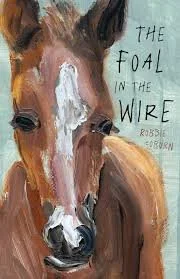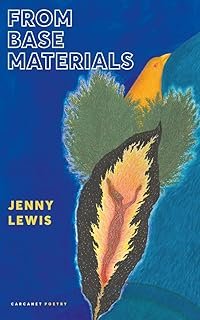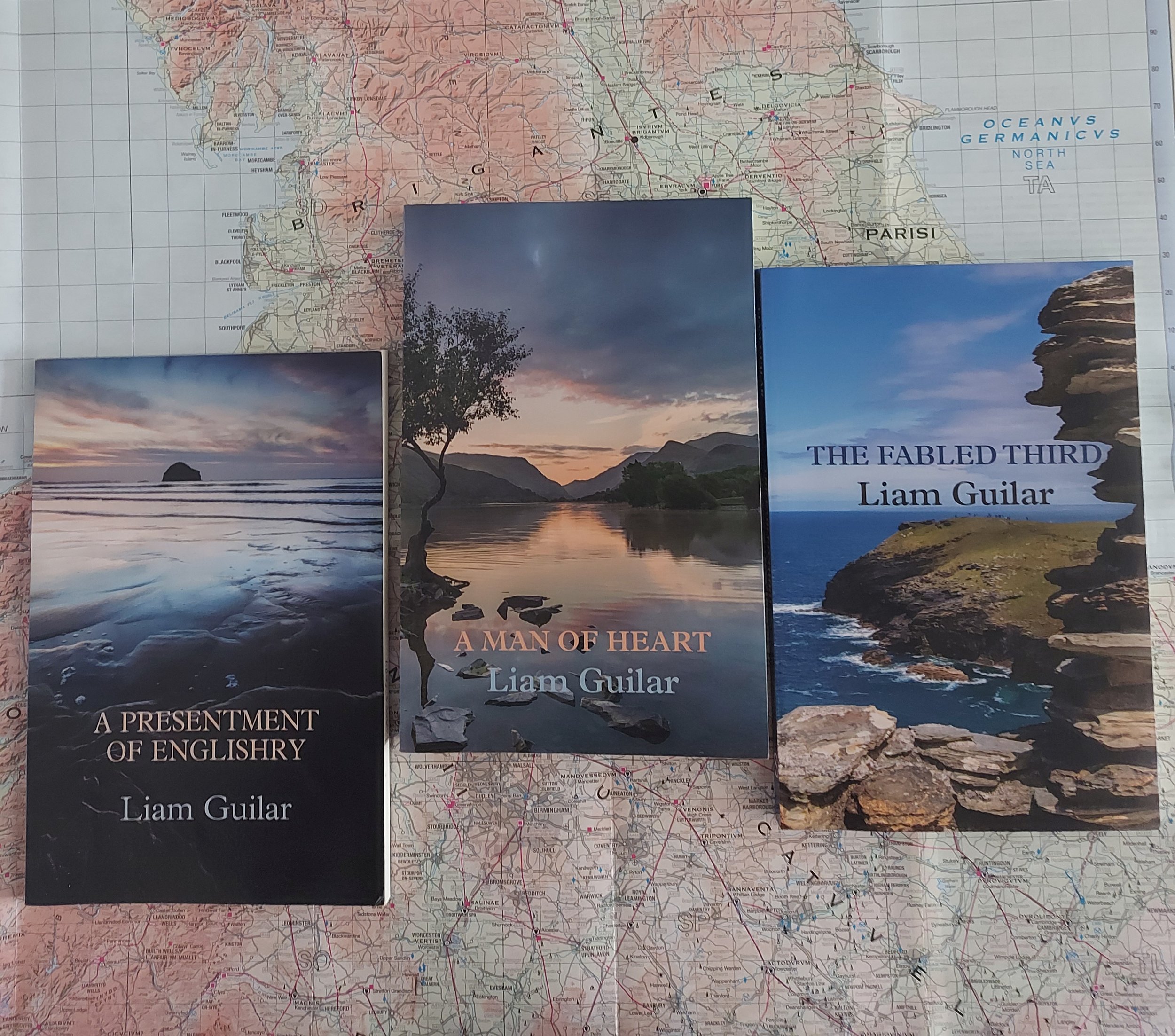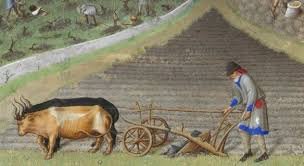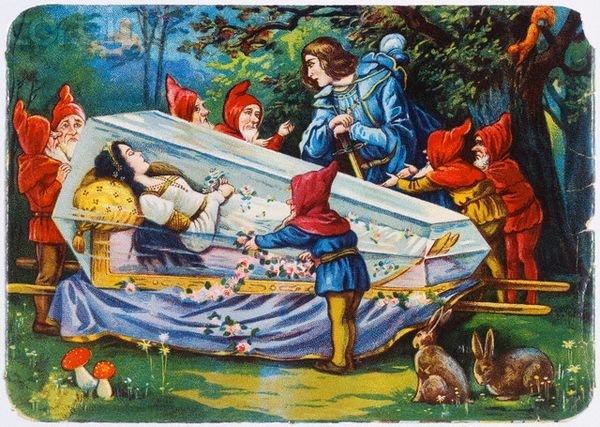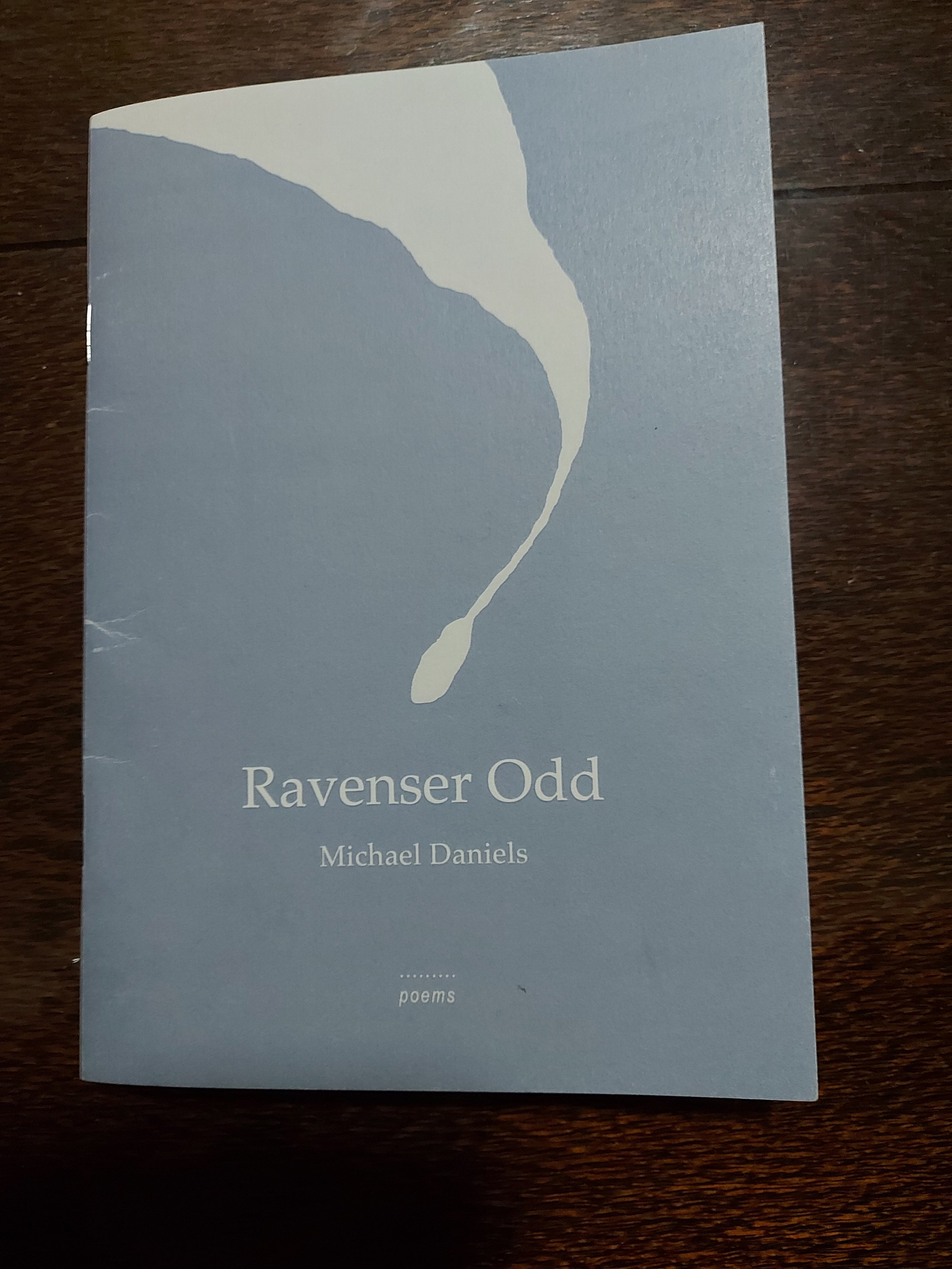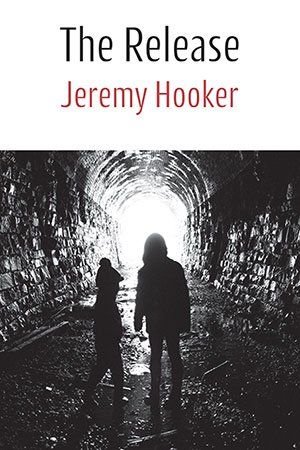1217 tells the story of a siege and two battles; one on land, one on sea, that ‘saved England’. As a story it has a great plot and a fascinating cast of characters. But while Hanley writes with the skill of a novelist, her story is true and grounded in a careful use of the available sources.
Background.
By 1215 King John and his barons were at an impasse. He had been forced to concede what later became known as Magna Carta, but he had placed England in the hands of the Pope. In a radical about face, the Pope moved from excommunicating John and putting England under Interdict, to declaring the Charter null and void and threatening to excommunicate anyone who rebelled against the rightful King. In response some of the barons invited Louis, the son of the French King, Phillip Augustus, to become the King of England.
The first French contingent landed in December 1215. Louis set sail with a small invasion fleet in 1216, landed unopposed in May, and was proclaimed King of England on the second of June 1216. Proclaimed, but not crowned. Hanley suggests this was a crucial error while accepting that as an excommunicate he couldn’t take part in a church service.
John died in October 1216. Hanley sees this as the best thing he could have done to help his cause. To anyone placing bets it looked like the Angevins were finished. Large parts of the country were in rebel hands and John’s son, Henry, only nine years old, and surrounded by a shrinking group of royalists. However, while John had often seemed to go out of his way to alienate everyone, Henry was surrounded by a small group of exceptionally capable men. Their acknowledged leader was William the Marshall, ‘Europe’s greatest Knight’. His loyalty to the royal family was both famous and so unshakeable that it could be described as pathological.
1217
Hanley tells the story of how those loyal to Henry staged an improbable military comeback to insure that an Angevin King would stay on the English throne. It is far more entertaining and interesting story than most fictional ones set in the Middle Ages.
How much was at stake in 1217 is hard to see in retrospect. For the 90 percent of the population living below the nobility, would it have mattered if a French (Capetian) or a French (Angevin) king were ruling them?
However, Hanley presents the events as crucial in the development of a sense of Englishness. She frames the sea battle off Sandwich as an English fleet defending England against a French invasion. The defeat of the French fleet is compared to the later, more well-known destruction of the Spanish Armada, with Hanley arguing the latter was of lesser consequence. Hanley also suggests that throughout the war there is a definite shift towards a sense of ‘England vs France’.
At the time, however, nationality might not have played a decisive role, nor is there any sense of ideology at work. Self interest motivated both sides. Henry was the King’s son. The royalists risked everything and stood by him.
Not all the rebels stood by Louis. As the war went on there was significant wavering in their ranks. This may have had little to do with nationalism or ideals of justice either. Men who had hated John had no reason to hate his infant son. If successful Louis would be obliged to reward his French followers, but at whose expense?
Hanley has a healthy scepticism about some of the leading players. Without denying the Marshall’s role in the war, she acknowledges his failure to protect the citizens of Lincoln and notes his acquisitiveness. The Marshall’s flattering biography is one of the chief sources for the period: she avoids both uncritical acceptance and uncritical dismissal.
Likewise, while acknowledging Hubert de Burgh’s essential role in the defence of Dover, her description of his actions at the battle of Sandwich, often claimed as his great victory, doesn’t make his participation a deciding factor in the battle.
IF 1217 has a great plot, it also has an outstanding cast. At the centre, though missing from the action for obvious reasons, is Henry III, a nine-year-old boy overwhelmed by his coronation, whose father was disliked by almost everybody. William the Marshall, ‘Europe’s greatest knight’, who at 70 was given the task of regent and the job of saving the Angevin line, enthusiastically charging into battle at Lincoln having forgotten to put his helmet on. Eustace the Monk, renegade pirate who had turned his coat so many times no one knew which was inside or out anymore, leading Louis’ fleet. Wilkin of the Weald, a commoner who led a ‘guerilla’ war against the French; Blanche of Castille, Louis’ wife who could be described as formidable without any exaggeration.
Hanley’s contribution to the story is to bring others into the limelight. Phillip D’Albini, who may have been as responsible for victory at the battle of Sandwich as De Burgh. Nichola de la Haye, who in her sixties held Lincoln for the Royalists, held her nerve throughout the siege, and was rewarded by being removed from her post so William Longespee, who had swapped sides during the war, could be rewarded. Hanley describes the regency’s treatment of Nicola as ‘one of the most astonishing acts of ingratitude imaginable’ but adds in a footnote that it was Nicola who ‘had the last laugh’.
If one of the advantages of a book like this is it gives 254 pages to events that are covered in one paragraph of David Carpenter’s biography of Henry the Third, some characters still seem inscrutable.
Louis is a shadow in the narrative. His father had refused the military and financial support that would have given him a formidable invasion force. His campaign stalled first in front of Dover Castle, and then came to a halt when, after the defeat of his army at Lincoln, the reinforcements sent by his wife, Blanche, were destroyed off Sandwich. He wasn’t present at either of the two decisive battles. Hanley’s narrative suggests one of the contributing factors to the French defeats was that no one seems to have been in overall command at crucial times.
Floating through this, as invisible as usual, is Isabella of Angouleme. John’s marriage to her in 1200 had been politically disastrous. In 1207 she had given birth to John’s first legitimate child, Henry, and had then given birth to three more children. The Anonymous of Bethune suggests she played a role in the peace negotiations after the Battle of Sandwich, which Hanley doesn’t mention. She was offered no part in the regency. This seems strange but so was her response. She returned to France at the end of 1217, leaving her son a crowned King, but a child surrounded by advisors.
Because of the limitations of the evidence, there are always questions that will never be answered, but the book also shows history as a series of accidents. Dover did not fall to Louis because it was a strong fortification held by a commander who held his nerve and Louis didn’t have the manpower he needed. But the battle of Lincoln was lost by the French when an inexperienced commander miscounted the oncoming royalists and instead of going out to meet them, where superior French numbers might have won the day, decided to stay inside the city walls. There’s also the secret entrance no one seems to have noticed which would be considered an unacceptable flaw in a fictional account. If the wind had been in the right direction when the French relief fleet originally sailed, then the English would have struggled to meet it, and the reinforcements might have landed. If …
1217 surprised me. I don’t like writers who use the first-person plural. Although it used to be common in factual writing it has become corrupted by politicians using it as an invidious positioning technique. But Hanley returns it to its courteous usage. Her style is that of a well-informed, capable guide, and while the tour goes round the usual places, she paces it carefully and stops to provide useful background information. She is very clear in her discussion of the sources.
Books about the Middle Ages that focus on battles tend to misrepresent the period. There’s so much more to Edward III’s reign than Sluys, Crecy, Poitiers and deeds of daring do, but in this case the siege/s of Dover castle, the battle of Lincoln, and the sea battle off Sandwich are crucial events in a pivotal year. There are times history swings on a hinge and at the end of 1216 a King of France on the throne of England was a distinct possibility. 1217 as a date would then have had had the same prominence in collective memory as 1066. Hanley’s excellent book, ironically, explains why this isn’t so.

